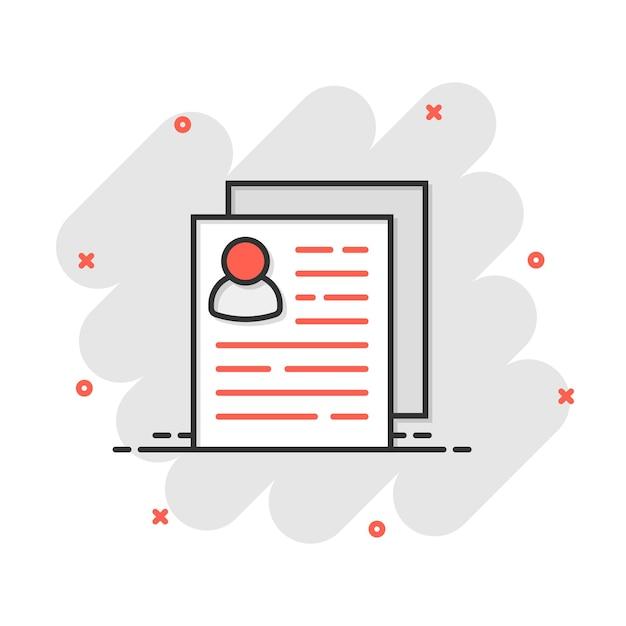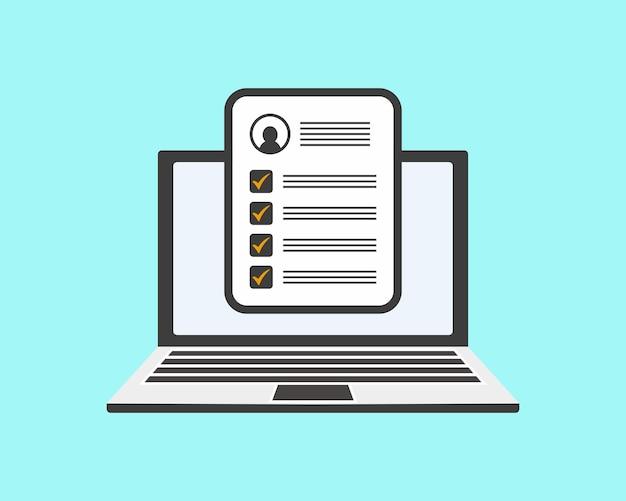In today’s tech-driven world, having a strong GitHub profile can significantly enhance your chances of landing a job in the software development industry. GitHub, the largest platform for hosting and collaborating on code repositories, allows developers to showcase their projects, contributions, and skills to potential employers. But how exactly can you share your GitHub profile on your resume? In this blog post, we’ll explore the various steps you can follow to ensure your GitHub presence shines on your resume.
First, we’ll delve into the importance of creating a good GitHub profile and how it can help you stand out from the competition. Next, we’ll tackle the process of creating a code repository and forking projects, along with handy tips on unforking repositories. We’ll also address common questions like copying code from GitHub and understanding the significance of git commits. To further enhance your GitHub profile, we’ll show you how to obtain desirable GitHub badges and how to run essential git commands.
Finally, we’ll dive into the main topic of this blog post: sharing your GitHub profile on your resume. A well-presented GitHub profile on your resume can make a lasting impression on employers, highlighting your expertise and commitment to the field. To achieve this, we’ll provide you with step-by-step instructions on how to effectively showcase your GitHub projects and contributions on your resume. By the end of this blog post, you’ll be equipped with the knowledge you need to create a strong GitHub presence that leaves a lasting impact on potential employers.
So let’s get started and turbocharge your career with a powerful GitHub profile!

How to Make Your GitHub Profile Shine on Your Resume
So, you’ve got a killer GitHub profile that showcases your coding skills and projects. But how do you go about sharing it on your resume in a way that grabs attention and makes a lasting impression? Well, fear not, because I’ve got some tips and tricks to help you make your GitHub profile shine like a diamond on your resume.
Let the GitHub Logo Do the Talking
First things first, let’s make sure your GitHub profile is front and center on your resume. You can do this by adding the GitHub logo next to your contact information. Trust me, nothing grabs a recruiter’s attention like a cute little octocat. Plus, it shows that you’re tech-savvy and serious about your coding game.
Create a Section Dedicated to Your GitHub Profile
Now that you’ve got the logo in place, it’s time to create a dedicated section for your GitHub profile. You can call it something like “GitHub Projects” or “Code Showcase.” This section will serve as a mini showcase of your coding prowess and give hiring managers a glimpse into your world of git commits and pull requests.
Highlight Your Best Projects
Don’t just list every single project you’ve ever worked on. Instead, focus on highlighting your best and most relevant projects. Think of it as curating your own personal coding museum. Choose projects that demonstrate your skills, creativity, and ability to tackle complex coding challenges. Add a brief description of each project to give recruiters some context and show off your problem-solving abilities.
Use Metrics to Show Your Impact
Numbers don’t lie, and they definitely make your achievements more impressive. When describing your projects, try to include metrics that quantify your impact. For example, instead of saying, “Improved website performance,” you could say, “Optimized website loading time by 50% resulting in a 25% increase in user engagement.” See the difference? It’s like adding sprinkles to your ice cream – it just makes it better.
Don’t Forget Your Contributions
GitHub is all about collaboration, so don’t forget to highlight your contributions to other projects. Whether you’ve made valuable suggestions, fixed bugs, or created new features, make sure to mention it. It shows that you’re not just a solo superstar, but a team player who knows how to work well with others.
Make Your README.md Stand Out
Your README.md file is like the opening act of your GitHub project – it sets the stage and hooks the reader. Take the time to make it shine. Write a catchy and informative description of your project, add badges to show off your skills, and include screenshots or gifs to give recruiters a visual feast. Remember, you want them to be impressed before they even touch a line of code.
Keep It Fresh and Updated
Lastly, make sure to keep your GitHub profile up to date. No one likes to see stale code, so continue adding new projects, updating existing ones, and showcasing your growth as a developer. It’s like watering a plant – it keeps your GitHub garden blooming and shows that you’re committed to continuous learning and improvement.
And there you have it – a guide to sharing your GitHub profile on your resume like a pro. Just remember, your GitHub profile is a reflection of your coding journey, so put your best code forward and let your projects do the talking. Happy coding!

FAQ: How to Share Your GitHub Profile on Your Resume?
Are you a coding enthusiast looking to showcase your GitHub profile on your resume? You’ve come to the right place! In this FAQ-style guide, we’ll cover everything you need to know about sharing your GitHub profile on your resume in a fun and informative way. So let’s jump right into it!
What’s the Deal with GitHub
At its core, GitHub is a platform that allows developers to collaborate, manage, and share their code with the community. It’s like a social media platform for coders, but instead of sharing cat pictures, you get to show off your coding skills!
How Do I Ditch a Fork on GitHub
Unforking in GitHub is as easy as breaking up with a clingy ex. If you want to unfork a repository (which means you no longer want to be associated with it), simply navigate to the repository, go to the “Settings” tab, scroll down to the “Danger Zone,” and click on the “Unfork” button. And voila, you’re free as a bird!
Can I Copy Code from GitHub
Ah, the eternal question for every budding programmer. The answer is a resounding YES! GitHub is all about open-source collaboration, which means you can access and use code from other repositories. Just make sure to honor the license and give credit where credit is due.
What’s the Deal with Git Commit
Git commit is like saving your progress in a video game. Whenever you make changes to your code and you want to save those changes, you commit them! It’s your way of telling Git, “Hey buddy, these changes are ready to be recorded in the git history.” So go ahead, commit your changes, and level up your coding game!
How Do I Create My Own Code Repository
Creating a code repository on GitHub is easier than sneezing during allergy season. All you need to do is click on the “+” button on the upper right corner of the GitHub homepage, select “New Repository,” give it a catchy name, choose your visibility settings (public or private), and hit that magical “Create Repository” button. Now you have your own little coding kingdom!
What’s the Forking Deal
Forking in GitHub is like cloning without the ethical dilemmas. It allows you to make a copy of someone else’s repository to your own account. You can then modify that copy to suit your needs without impacting the original repository. It’s like having your own little playground to experiment with code. So go ahead, fork away, and create your coding masterpiece!
How Do I Execute a Git Command
Executing a git command is not as daunting as it sounds. Simply open your favorite terminal or command prompt, navigate to the directory where your repository is located, and unleash your git powers! Whether it’s committing changes, pushing code, or pulling updates, a few keystrokes will have you feeling like the master of version control.
Where Can I Get My Hands on Some GitHub Badges
Oh, badges, those shiny little virtual achievements that make us all feel like coding superheroes! You can find and add badges to your GitHub profile by using services like shields.io or GitHub’s own built-in badges. Show off your coding prowess with badges for languages, coding challenges, or even your own custom creations. The world is your badge-emblazoned oyster!
How Do I Flaunt My GitHub Profile on My Resume
Ah, the moment you’ve been waiting for – showing off your GitHub profile on your resume! First, grab the URL of your GitHub profile (it’s that fancy link you see in your browser). Then, create a section on your resume titled something like “GitHub Contributions” and include the link there. Amazing, right? Now potential employers can see your coding brilliance with just a click!
How Do I Create a Stellar GitHub Profile
Creating a killer GitHub profile is like putting on a shiny superhero cape in the coding world. Start by showcasing your best projects, pinning your most impressive repositories, and adding a compelling bio. Don’t forget to personalize your profile with a professional photo and sprinkle a touch of your personality into your repositories. Show the world that you’re not just a coder – you’re a coding rockstar!
And that wraps up our comprehensive FAQ on sharing your GitHub profile on your resume. Now you’re armed with the knowledge and swagger to impress potential employers with your coding prowess. So go forth, fellow coder, and conquer the world, one commit at a time!
